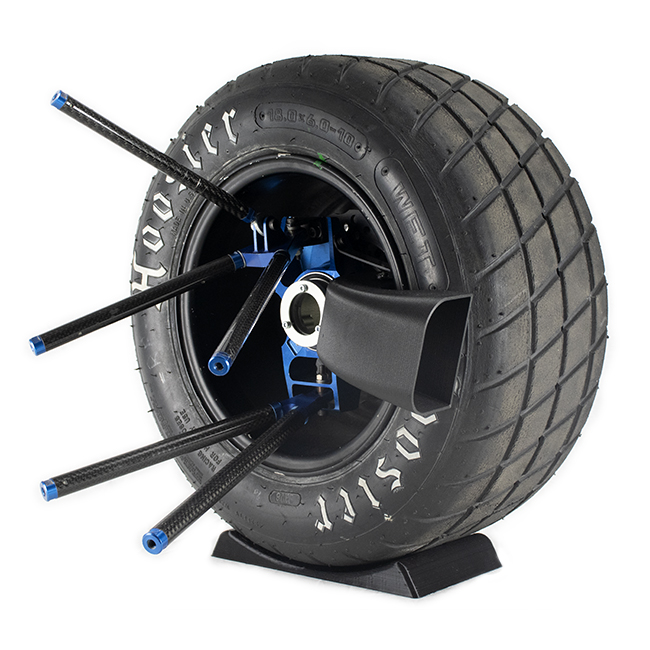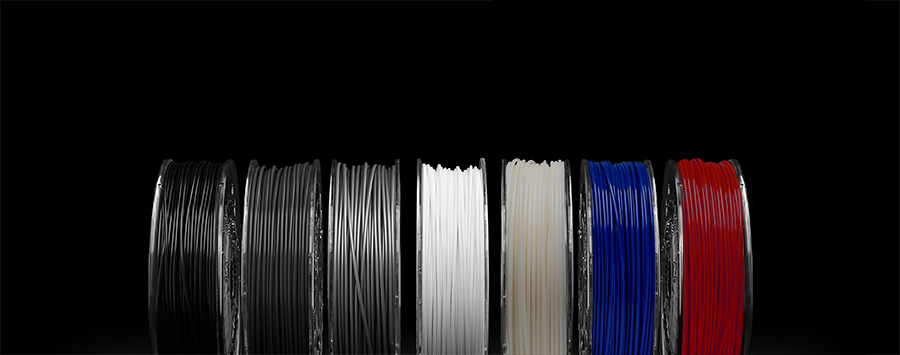We looked into the heat resistance of filaments so you don’t have to
Heat resistance is a highly sought-after quality in 3D printing filaments. We take a detailed look at your best and most affordable option. We also discuss other avenues you can explore if you’re not on a budget.
If you’re in search of the 3D printer filament with the best heat resistance, you’ve come to the right place! Since in this case, we don’t have the luxury of our usual printing filaments such as PLA and PET-G, we’ll have to look elsewhere…We take a look at the filaments available in the wide range of BCN3D’s portfolio as well as other options.
The winner of best heat resistance
Within our BCN3D portfolio, our top performer in this category is the one and only PAHT CF15. This material works under continuous temperatures of 150ºC with a peak temperature of 180ºC. This fiber-filled filament also has the following properties:
- stiffness
- wear resistance
- extreme mechanical properties

We could say that PAHT CF15 is a bit of a transformist. If the material is humid it behaves much more like plastic. If it’s very dry on the other hand, it’s extremely rigid, behaving more like a metal such as aluminum.
The combination of all of these properties means parts made of PAHT CF15 can be used as structural and functional parts subject to high temperatures and aggressive environments and as metal replacements in the automotive industry.
Other options for a heat-resistant printed part
Coming in at a close second in our search for the best heat-resistant 3D printer filament is PP GF30. Although this material is slightly less rigid and with 20ºC less resistance than PAHT CF15’s 150ºC, it provides a bit more stability. Whether humid or completely dry, PP GF30 remains the same. Furthermore, PP GF30’s chemical, UV and weather resistance and its long service life means its among the most used fiber-filled materials in the automotive industry. You can therefore find this material in parts exposed to aggressive and humid environments or in contact with chemicals, rigid structural elements such as brackets, bars, shafts, and frames, and within the aerospace industry.

These aforementioned filaments are of an upper-intermediate grade. If you’re looking to take things even further you can delve into the category of 3D printed filaments, such as PEK or PI, that must be printed at above 300ºC. You’ll also need an industrial 3D printer with a very powerful heat-up build chamber.
In summation, PAHT CF15 provides heat resistance without breaking the bank. PP GF30 is also a good option with a bit more stability. To find out even more about fiber-filled materials such as PAHT CF15, download our white paper below.




